After decades of frustration, researchers have finally determined how an airborne scent molecule links to a human smell receptor.
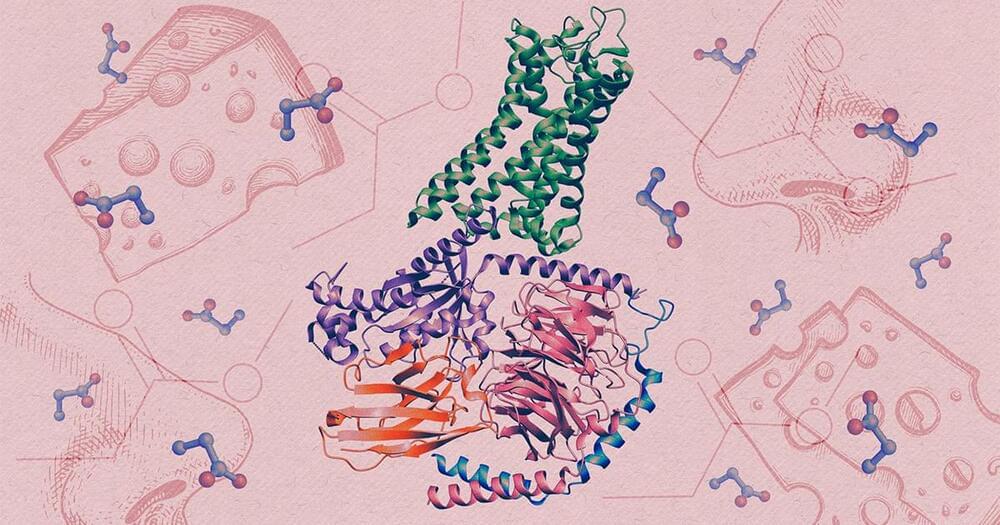


Applying machine learning models, a type of artificial intelligence (AI), to data collected passively from wearable devices can identify a patient’s degree of resilience and well-being, according to investigators at the Icahn School of Medicine at Mount Sinai in New York.
The findings, reported in the May 2 issue of JAMIA Open, support wearable devices, such as the Apple Watch, as a way to monitor and assess psychological states remotely without requiring the completion of mental health questionnaires.
The paper, titled “A machine learning approach to determine resilience utilizing wearable device data: analysis of an observational cohort,” points out that resilience, or an individual’s ability to overcome difficulty, is an important stress mitigator, reduces morbidity, and improves chronic disease management.
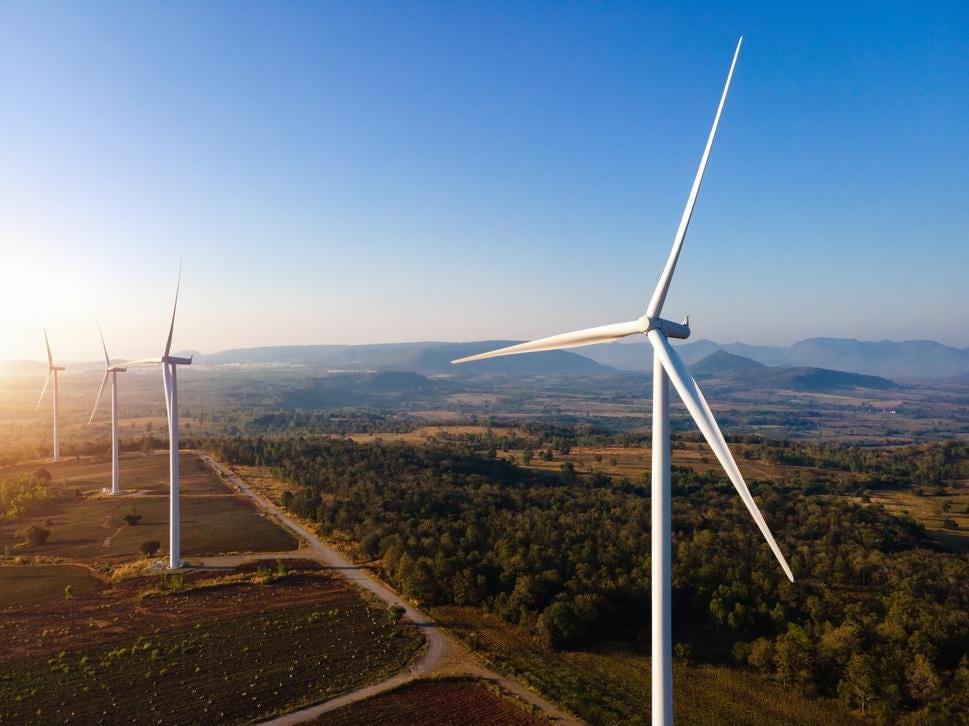
That’s when major clean energy projects are also due to come online, including the country’s largest offshore wind farm, which comes at a price of $9.8 billion. Once built off the Virginia coast, this project could save the state’s customers as much as $6 billion during its first 10 years in operation.
Focusing on efficiency now will help avoid overbuilding renewable generation and allow such large-scale projects to make great strides toward a greener grid when they finally are welcomed online.
While making energy efficiency improvements isn’t a new idea, AI is enabling real-time data analysis and energy intelligence that can maximize efforts in a variety of ways that are chipping away at carbon emissions now.

Forget about evolution, climate change or vaccines – what makes people really lose their mind, apparently, is cats.
“We’ve had posts that have affected people’s lives in a very substantial way, including posts that went beyond the virtual world. People really got threats or disrespectful comments,” says Yomiran Nissan.
“For example, when we wrote about the very, very viral topic of street cats and the ecological problems that they pose. It led to a lot of anger, both virtual and in the real world.”

An artificial photosynthesis system that combines semiconducting nanoparticles with a non-photosynthetic bacterium could offer a promising new route for producing sustainable solar-driven hydrogen fuel.
Other artificial photosynthesis systems that integrate nanomaterials into living microbes have been developed before, which reduce carbon dioxide or produce hydrogen, for example. However, usually it is the microorganism itself that makes the product via a metabolic pathway, which is aided by a light-activated nanomaterial that supplies necessary electrons.
Now, the labs of Kara Bren and Todd Krauss at the University of Rochester, US, have turned this concept on its head. They have designed a new hybrid bio-nano system that combines a finely-tuned photocatalytic semiconducting nanoparticles to make hydrogen with a bacterium which, while it does not photosynthesise or make hydrogen itself, it provides the necessary electrons to the nanomaterial to synthesise hydrogen.
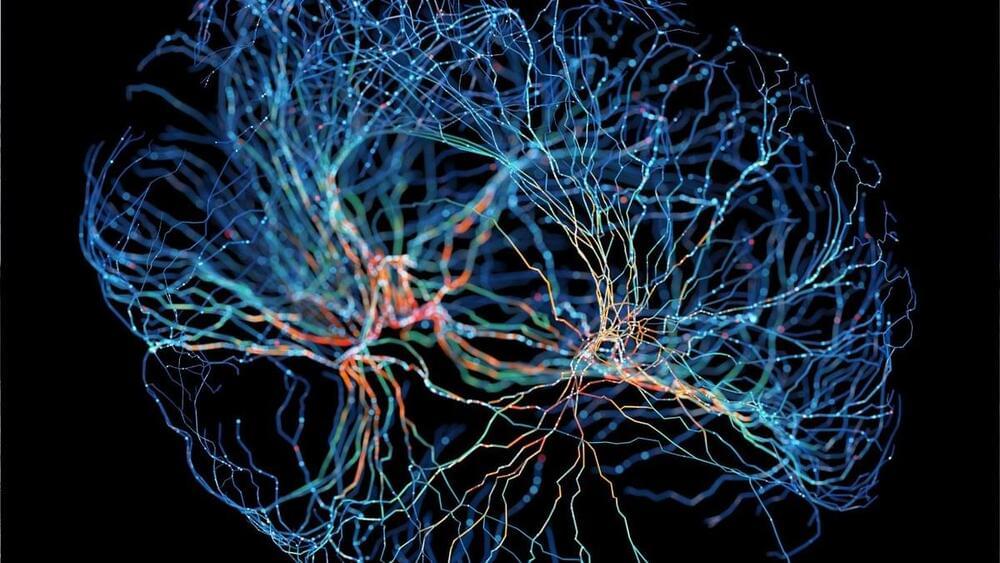
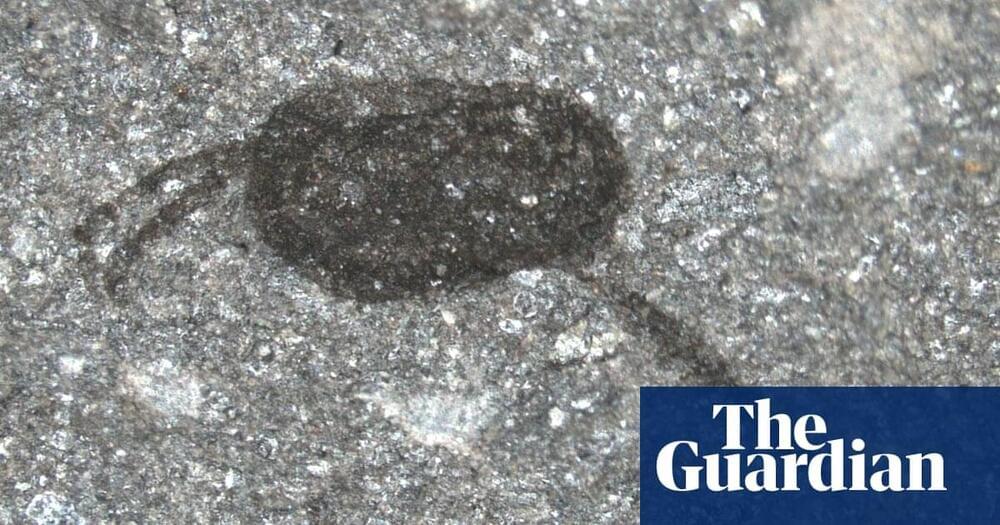

Aviation punches above its weight when it comes to greenhouse emissions — it is by far the highest emission form of transportation. Our modern mega planes may be the most efficient they’ve ever been, but in 2019, they still churned out over 915 million tonnes of carbon dioxide.
To make matters worse, one of our best zero-emission alternatives — hydrogen — is far too heavy and bulky to build a usable airplane. Or at least that is what we thought.
The California startup HyPoint recently announced their plan to make a hydrogen-powered aircraft with nearly three times the range of a turboprop commuter jet.
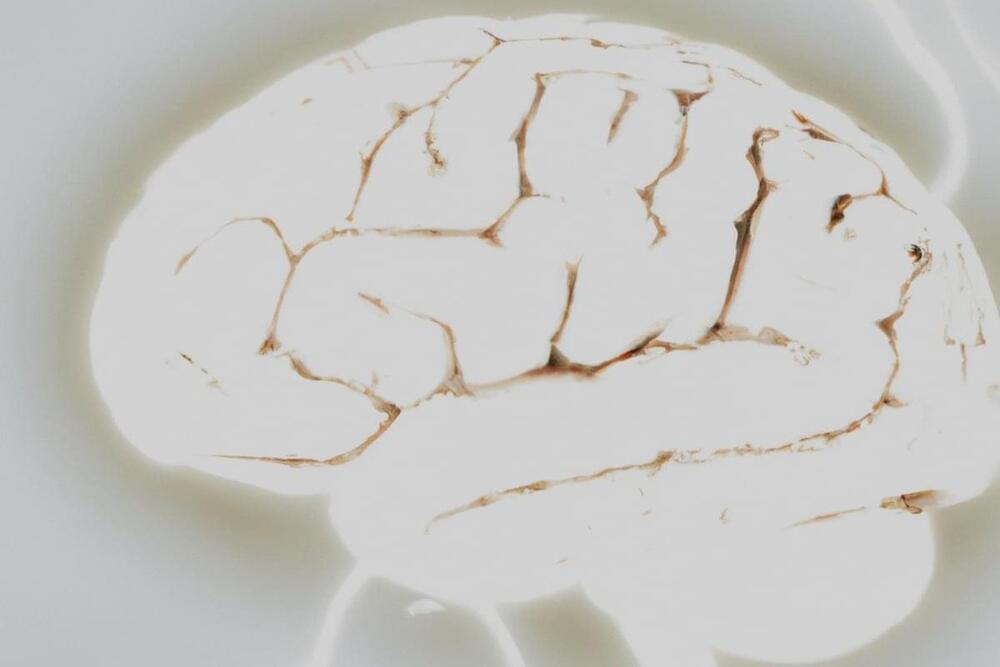
Upon removal of ventilator support, two of the patients showed an increase in heart rate along with a surge of gamma wave activity, considered the fastest brain activity and associated with consciousness.
Furthermore, the activity was detected in the so-called hot zone of neural correlates of consciousness in the brain, the junction between the temporal, parietal and occipital lobes in the back of the brain. This area has been correlated with dreaming, visual hallucinations in epilepsy, and altered states of consciousness in other brain studies.